
Nowadays, the hottest consumer application in MCPCB is LED. That’s because the dissipation of heat is getting more attention from the designer. The reason is that both lifespan and luminous decay of LED are all directly linked to the junction temperature of the LED. Moreover, the led junction temperature is also related to energy consumption. According to an experiment conducted by Cree, the time for luminous decay drop to 70% is 100 thousand hours if the temperature is kept at 65 Celsius. Many tests have proved that LED generates heat is because electricity input cannot completely transform to light but heat. The luminous efficiency of LED is about 100lm/W. The electricity-luminous conversion ratio is only between 20~30%. That means about 70% of current input turns into heat. By reducing heat generated, we can increase luminous efficiency and conserve energy.
Aluminum metal core PCB ※1~ 8 W/Mk High-thermal conductivity dielectric bonding material available. ※1L+A / 2L+A / 4L+A single side & Double side & Multi-layers. Application LED Backlight Module Street Lighting & Signal Using High Power LEDs General Lighting Outdoor Lighting Automotive Lighting Power Conversion Mortor Controlls Military & Aerospace Field Benefits of MCPCB Utilize Surface Mount Technology Very good heat-conducting and dissipating characteristics than regular PCB By providing good thermal characteristics, it enhances the quality and lifespan of the product Can be used to replace ceramic substrate with excellent mechanical durability Product miniaturized through efficiency upgrade can save costs from hardware and assembly Metal core PCB, MCPCB, is a general term of PCB in which traces are made on top of one layer of metal plate for improved heat transferring and dissipating purposes. The most common metals for heat dissipation are aluminum and copper. Alum...

















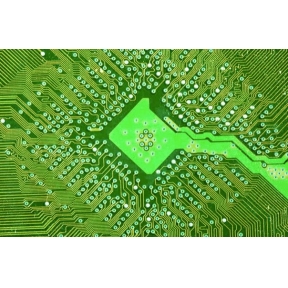



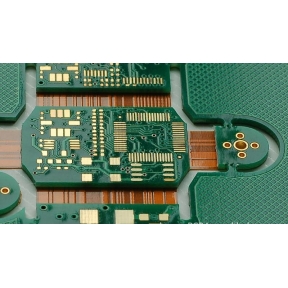
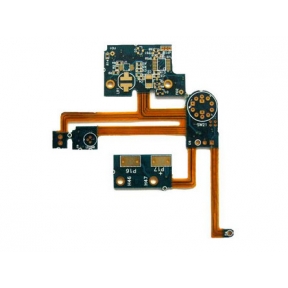
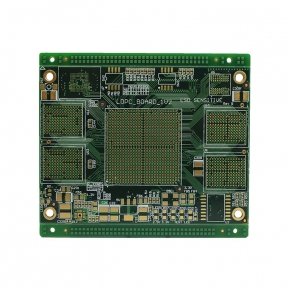

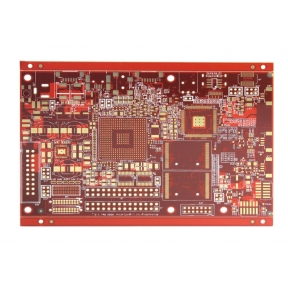










Industrial plug-in PCB Parameter: FR4, 508*190.5*2.8mm Difficulties: 1: Large size for PCB and SMT patching 2:10 AMP:215334-4 connectors are used, difficult for the furnace

Application LED Backlight for LED TV LED Front Light for E-Book Agriculture & Horticulture Lighting Street & Parking Lot Lighting Benefits of COB MCPCB Excellent heat dissipation Substantially reduce space and cost Provide enhanced reliability and lifespan With better security protection(difficult to hack using reverse engineering) COB (Chip on Board) is not a new packaging technology in the semiconductor industry. COB MCPCB applications according to process and material can be categorized into two types: mirror aluminum and silver or gold plating. By using wire bonding & epoxy packaging then directly embedded on MCPCB, this practice can extend the lifespan of LED and unified light emission. Compared to the traditional packing method, COB technology can directly mount multi-chip on the substrate, such as COB MCPCB. With this technique, we can reduce lighting areas, materials used, and costs on the system’s mechanical & assembly. For example, 20W o...
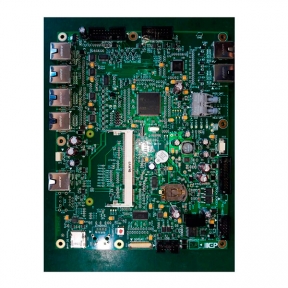
Model Number:pcba Base Material:ALU,FR4,CEM3 Copper Thickness:0.3-3oz Board Thickness:0.3-6mm Min. Hole Size:0.2mm Min. Line Width:3mil Min. Line Spacing:3mil Surface Finishing:HASL, OSP, Immersion Gold/Au, Immersion silver, etc.

Base Material:FR4, Copper Thickness:0.3-3oz Board Thickness:0.3-6mm Min. Hole Size:0.2mm Min. Line Width:3mil Min. Line Spacing:3mil Surface Finishing:HASL, OSP, Immersion Gold/Au, Immersion silver, etc.

FPCA 64.0 x 170.0 x 0.2 mm,2 layer,1 OZ,Immersion Gold1 596pcs WS2812C-2020 LED + 596pcs 0210 capacitor
















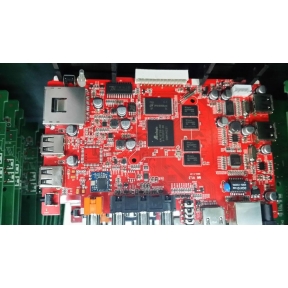











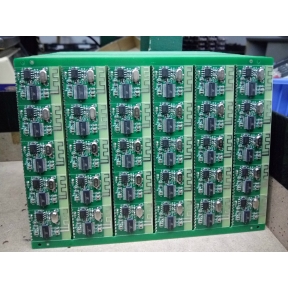








14- RF PCBA1
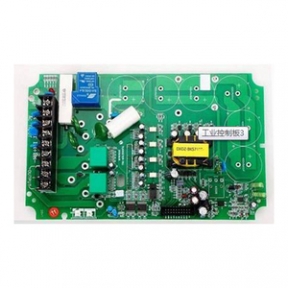





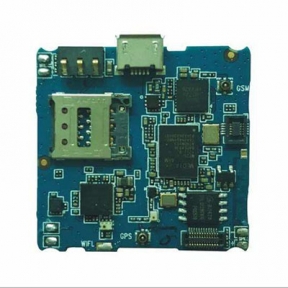
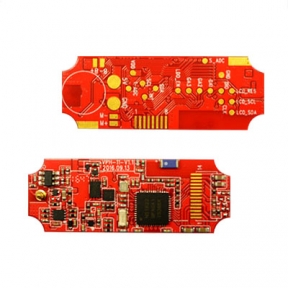

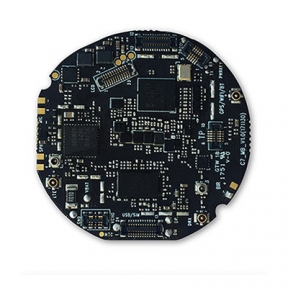










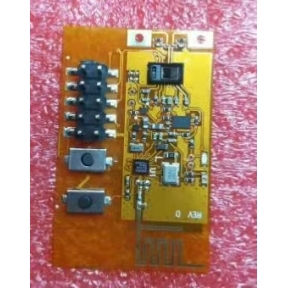












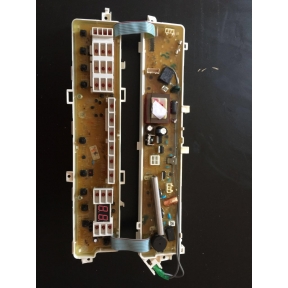

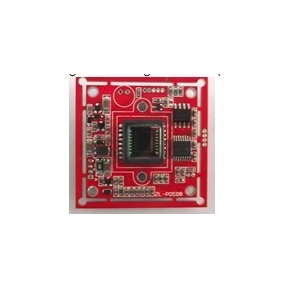








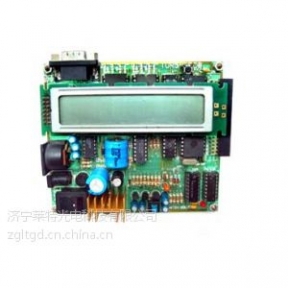




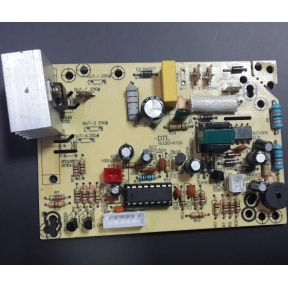



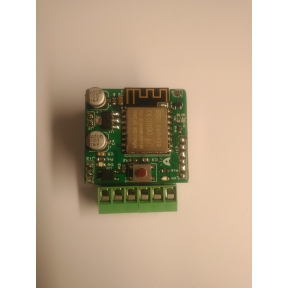








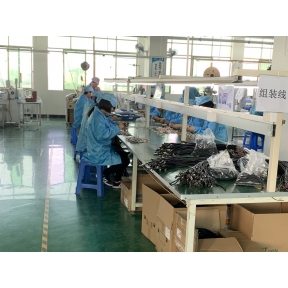






Mobile:13326856492 Telephone:0755-84827607
Email:[email protected]